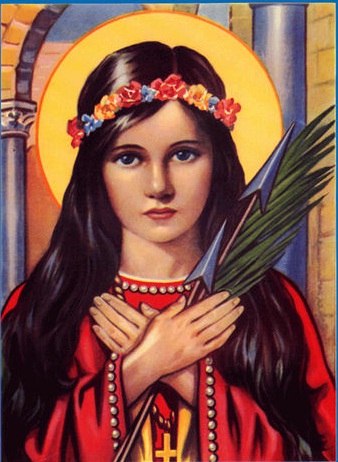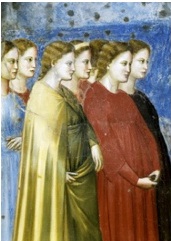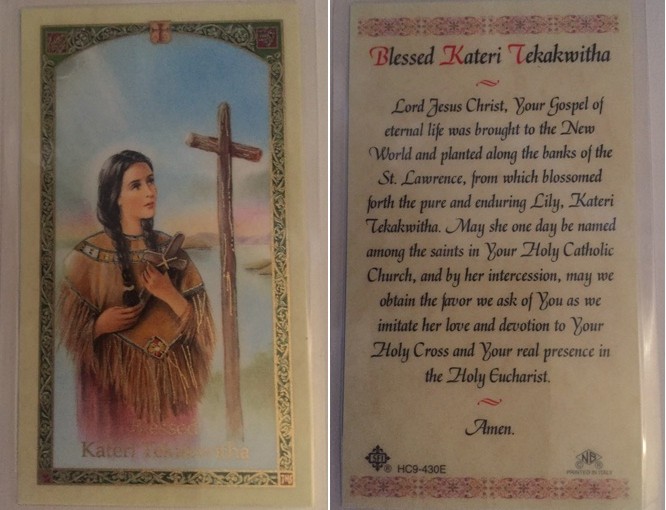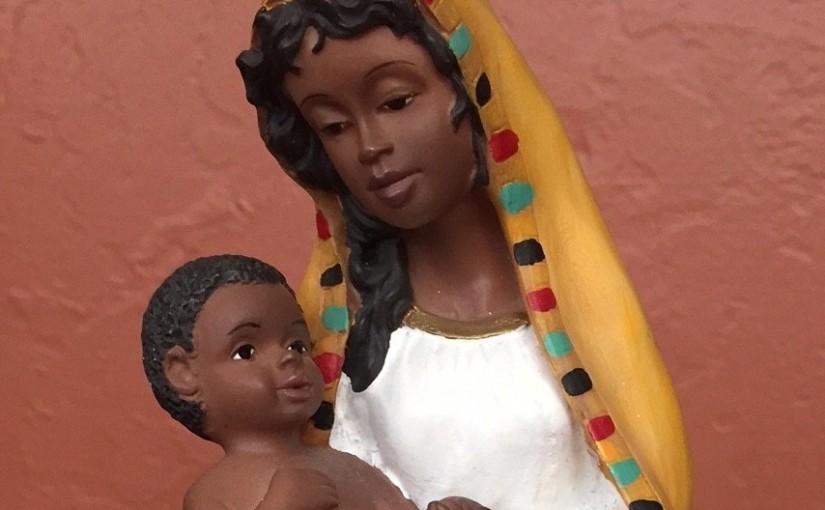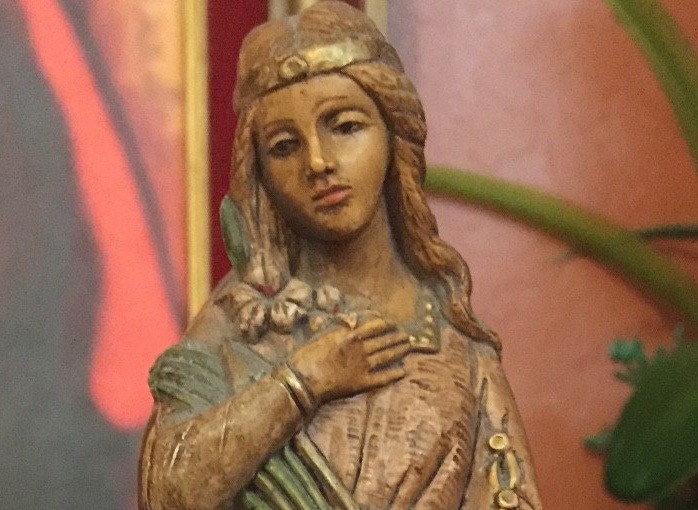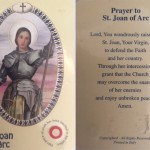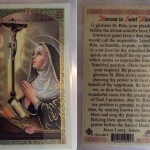All Saints Museum Family,
Our Holy Card Project page has been updated with several August Saints. Although we love all the Saints, there are several August Saints that are my personal favorites. One of them is Saint Rose of Lima – who happens to be the patron Saint of Peru where my wife and her family hail from. Another favorite Saint of mine is Saint Philomena. You can learn more about St. Philomena at the following links:
Saint Philomena – Live Wax Museum
God bless, and enjoy the final weeks of Summer.
All Saints Museum
